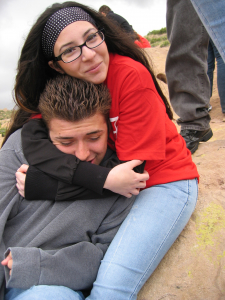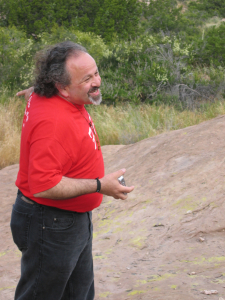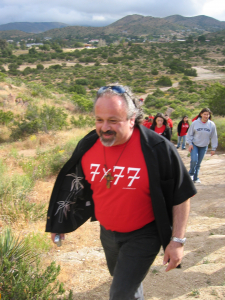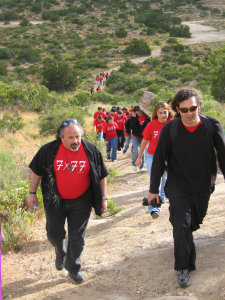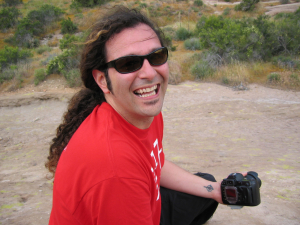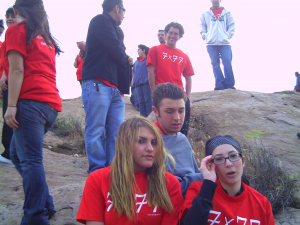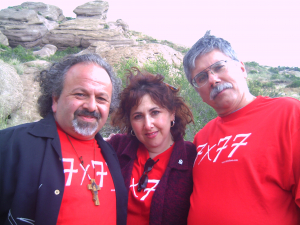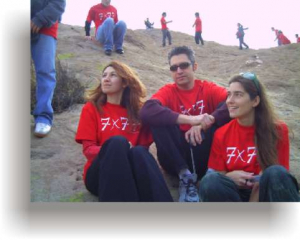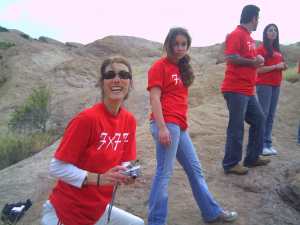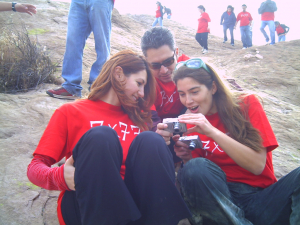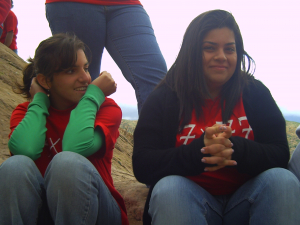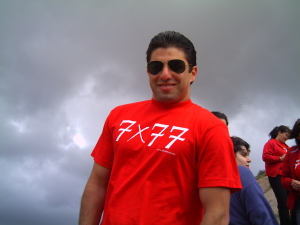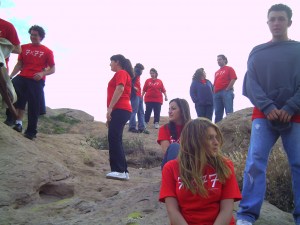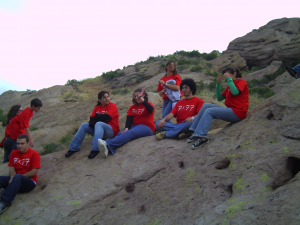Mindset change
Untold stories from the Armenian Church Youth Ministries Center
Today’s Episode: Changing Mindset
Miracles are transformational. On the surface, they seem to change the appearance or the make up of an entity. Water becomes solid and Jesus walks on it and we say that it is a miracle. Two fish and five loaves feed thousands, that too is a miracle of form.
Immediately after the first Easter, the Christian Church went through a major transformational period, trying to deal with the Miracle of miracles, namely that Jesus had resurrected from the dead. The first gospel message, “Christ has risen” shook the foundation of humanity. No longer was death to be feared. The door to eternity was open and even more, the Kingdom of God was accessible to everyone.
The early Church, what we refer to as the Apostolic Church, was defining the new reality, a reality which donned the name Christian. It was changing the mindset of the people. No longer were they confined to the rules and regulations of old but were empowered to maximize the life God had given them. When Jesus offers the parable of the talents, he is breaking the limits we impose on ourselves, and presents humanity with courage to multiply God’s goodness many times over by living the blessing of life.
As we wind down this series “It was 20 years ago today” before the feast of Ascension (40 days after Easter), I’d like to look at two of the biggest miracles we experienced which changed the mindset of the community, and opened the door for what is possible in and through the Armenian Church. Both mindset changes have to do with the acceptance of reality.
The year 2015 marked the 100th anniversary of the Armenian Genocide. Armenians had it on their radar just as they had the 97th, 98th and 99th year. It was an opportunity to remind the world of the atrocities committed against the Armenian people in their ancestral homeland by the Ottoman Turks. Over the last several weeks you’ve heard the stories that came from the corner. It was about resurrection, it was about renew and it was about living our Christian faith, not as a slogan (“First Christian Nation”) but as a way of life. The challenge we had at the 100th anniversary, how do we present the Armenian Genocide in such away to prevent anyone walking away with even more hatred? Think of our dilemma, how do we present the slaughter of 1.5 million people so that the listener will not be fueled with hatred and animosity against another group of people? In other words, it would be hypocritical to talk about love and peace while inciting hatred and/or war?
We began with a project on April 24, 2005, on the 90th anniversary of the Armenian Genocide. We took young Armenians to the desert, and we made a human chain of “sevens.” We dressed up in the t-shirts that had the formula “7×77” on the front, and on the back, the question that incited the answer: “Lord, how many times must I forgive someone who has hurt me.” (Matthew 18:21-22) Watch video
By positioning our palms, one up and the other down, we formed a human chain. Artist Gregory Beylerian photographed this event. Ninety years earlier, our grandparents had been exiled to the desert and now the grandkids were in the desert embodying the “Jesus formula.”
That event got us talking where we had dropped off with John Lennon’s death, “Imagine there is no country… living life in peace.” Our conversations manifested an event on July 7, 2007. It was the first conference on forgiveness. It was sponsored by In His Shoes, We Care for Youth and held at All Saints Episcopal Church in Pasadena. It received incredible media coverage throughout Southern California. We had speakers who had survived the Genocide in Rwanda, as well as Leticia Aguirre who had found the courage to forgive her son’s killers. This time, the artist constructed a “Universal Wheel of Peace” again using the participants to embody the sevens. (www.7×77.org)
The conversation about forgiveness grew on that corner in Glendale. From domestic violence, to gang wars, to articulating a identity void of hatred and evil, we arrived at the 100th anniversary. With Gregory Beylerian we constructed a portal, where visitors could come and experience the Armenian reality of resurrection. We engaged the students of the Armenian day schools in the challenge of talking about Genocide without anger, but with respect and dignity. Armenians, for the first time since the Genocide of their ancestors, were commemorating with a focus on the Resurrection of a people. That year, the Armenian Church proclaimed the Martyrs of 1915 as saints of the Church. Armenians were no longer victims, but victors in Christ. This is the Faith of the Church. Of course, the secular community had difficulty grasping this, but in small doses, the mindset changes.
As I said, changing a mindset is a major miracle. We prayed and focused on the Resurrection of Christ. It is what led the early Church and today that message, as applied to the Armenian people, is just as powerful. It can change the way we understand ourselves, our world and our relationship with God.
Cover Photo: Gregory Beylerian, 2005
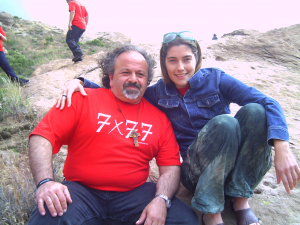
My beautiful picture

